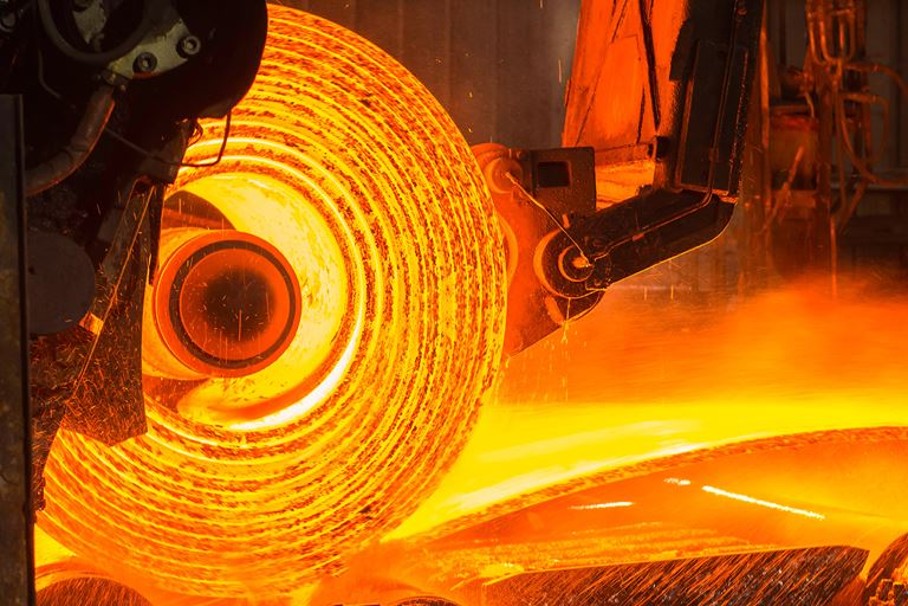Market Data

August 16, 2017
U.S. Sets Stern Tone for NAFTA Talks
Written by Tim Triplett
U.S. Trade Representative Robert Lighthizer offered a stern assessment of the United States’ goals for an updated trade agreement with Canada and Mexico as talks began Wednesday to renegotiate NAFTA.
Canadian Foreign Affairs Minister Chrystia Freeland and Mexican Economy Minister Ildefonso Guajardo Villarreal joined Lighthizer in Washington for negotiations on the North American Free Trade Agreement that could extend into next year. In contrast to Lighthizer, Freeland and Villarreal pointed to the mutual benefits of NAFTA over the years and emphasized the need for cooperation in modernizing the 23-year-old trade pact.
“I want to be clear that [President Trump] is not interested in a mere tweaking of a few provisions and a couple of updated chapters. We feel that NAFTA has fundamentally failed many, many Americans and needs major improvement,” Lighthizer said.
Acknowledging that NAFTA has benefited the U.S. agriculture industry, he added, “We cannot ignore the huge trade deficits, the lost manufacturing jobs, or the businesses that have closed or moved because of incentives—intended or not—in the current agreement.” The U.S. government has certified that at least 700,000 Americans have lost their jobs due to changing trade flows resulting from NAFTA, he pointed out.
Also of major concern to the United States is the imbalance of trade with Mexico and Canada. The U.S. has experienced persistent trade deficits with Mexico, totaling nearly $57 billion last year. The trade balance with Canada has improved in recent years, but the United States’ deficit in goods has exceeded $365 billion over the past decade, Lighthizer said.
In terms of steel trade, the United States benefits from a surplus with its neighbors to the north and south. Canada and Mexico are the two largest importers of steel products from the U.S.
All sides agree the trade deal needs to be updated to take into account digital trade, e-commerce, new customs procedures and intellectual property protections, among other factors. It’s after this basic modernizing that the tough work must begin, Lighthizer said.
In addition to seeking better trade balances to eliminate the deficits, the U.S. wants to amend the rules of origin, particularly on autos and auto parts, so that they require higher NAFTA content, especially from the U.S. The current rule of origin allows autos with a regional value content of at least 62.5 percent to receive NAFTA preferences.
The new agreement should include stronger labor provisions, and measures to guard against currency manipulation and other market-distorting practices such as third-party dumping and state-owned enterprises. There also should be equal access and reciprocity in government procurement and agriculture, Lighthizer said.
The next round of talks will take place next month in Canada.







